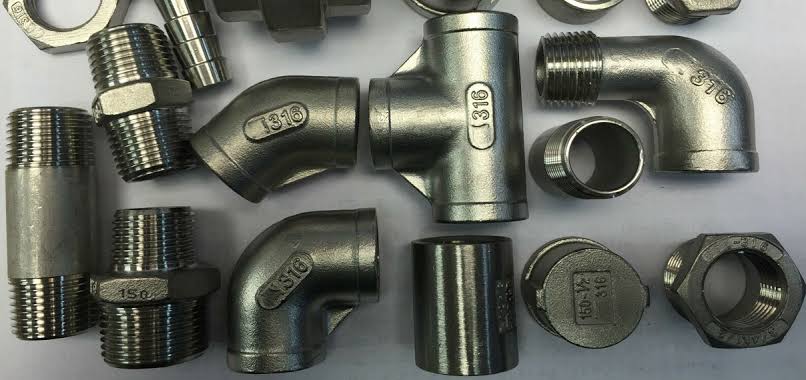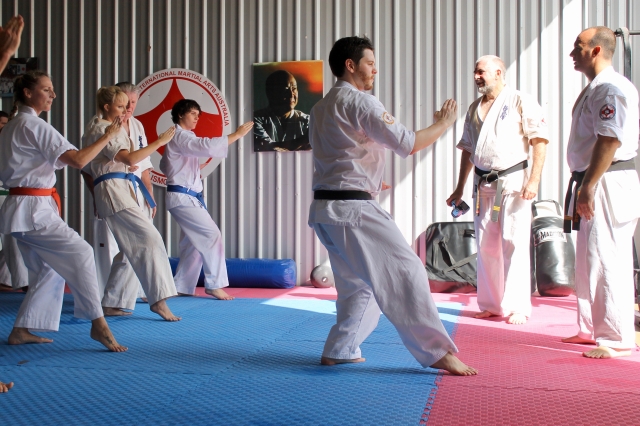Cast 316 Stainless Steel — A Complete Guide

When talking about casting stainless steel, two names must come to mind and that is 316 stainless steel and 304 stainless steel.
They both have different significances in the industry. But today, we will discuss only one of them. After reading this article, you’ll have complete information about 316 stainless steel casting from application to application:
Contents
Introduction to 316 Stainless Steel
Stainless steel is generally very famous in casting industry due to several reasons like exceptional corrosion resistance. If you are familiar with stainless steel casting, you must already know that stainless steel always goes through casting process in the form of an alloy.
And one of the most famous and commonly used alloys of stainless steel is 316 stainless steel. Due to its better corrosion resistance and mechanical properties, it is trusted more.
Composition of 316 Stainless Steel
Before going further into the discussion, it’s important to know how this alloy of stainless steel is formed. If you want to open a foundry, this will help you a lot.
Iron is the main component of stainless steel (obviously). Other than that, it is formed by adding 16 to 18% Chromium, 10 to 14% Nickel, and 2 to 3% Molybdenum to molten iron.
By adding these elements, stainless steel becomes more durable. Molybdenum is the element that makes it different from other stainless steel alloys especially 304 stainless steel.
6 Key Properties of 316 Stainless Steel
Here are some key properties of 316 stainless steel that make it distinctive from other stainless steel alloys:
- High-Temperature Resistance
316 stainless steel can bear extremely high temperatures which means if a product is made of this alloy, it’ll not get hot that easily due to which it is used in many different industries. But when it gets hot, it‘ll remain hot for a good long time.
- Aesthetic Appeal
Stainless steel is generally quite appealing because of its chromatic and shiny look. But 316 alloy adds more aestheticism to it due to which it is widely used in kitchen products like the tap on your sink.
- Biocompatibility
316 stainless steel is quite biocompatible and that’s the reason why it is widely used in medical industry.
- Excellent Formability
The most important factor in casting is formability whether an alloy or compound will take your desired shape or not. And thankfully, 316 stainless steel is perfect in this case and can be easily converted into complex shapes like screws.
- Mechanical Strength
Strength-wise, 316 stainless steel is one of the most hard and strong types of metal. This property makes it suitable to be used in industries (like aerospace) where strong components are needed.
4 Common Applications of 316 Stainless Steel
Here are some common applications of 316 stainless steel so if you belong to any of these industries, prefer, 316 stainless steel over any other alloy:
- Marine World
Let’s start things off from under the water. 316 stainless steel is capable of not getting rust for ages. Moreover, in marine world, strong components are needed in big fish like submarines.
- Chemical Industry
Not just chemicals in general, but 316 stainless steel is also quite commonly used in pharmaceutical industry.
- Aerospace and Automotive Components
From small cars to huge planes, every vehicle requires a hard alloy with properties like stainless steel so why not 316 stainless steel?
How to Cast 316 Stainless Steel?
Here’s the common way of casting 316 stainless steel:
- Just like any other casting process, your first task should be creating a mold (or shape) in which you want 316 stainless steel to be. Choose material to create mold intelligently.
- Melt your stainless steel alloy (316) carefully.
- Now, it’s time to fill the mold with wax to create wax pattern. (Depending on your needs, you can use anything else in place of wax as well.)
- Make sure everything is fine! Spending a little extra time on this step is not a shame because it’s better to see if shape is alright than crying over it.
- Now, dip the wax in ceramic slurry to create a shell.
- It’s time to heat that shell to make sure wax is no longer there.
- Pour the molten mixture in and wait for it to take your desired shape.
- Finishing is the last task so take it seriously.
- Fiber Laser Cutting Equipment is suitable for metal cutting with Stainless Steel , Mild Steel Plate(tube), Carbon Steel, Alloy Steel Plate, Spring Steel, Iron Plate, Galvanized Iron, Galvanized Sheet, Aluminum Plate, Copper Sheet, Brass Sheet, Bronze Plate, Gold Plate, Silver Plate, Titanium Plate, Metal Sheet, Metal Plate, Tubes and Pipes, etc. Different cutting thickness depends on different laser power selection in sheet metal laser cutting machine.
This is just one way of casting this stainless steel alloy. Other than that, there are a few other ways like sand casting that are quite common. The use of different methods depends on your needs.
Conclusion
So, this was a complete guide for casting 316 stainless steel from every (important) small thing and every significant application of 316 stainless steel.
Still don’t know whether 316 stainless is better to go with or 304 stainless steel? Click here to read more!






